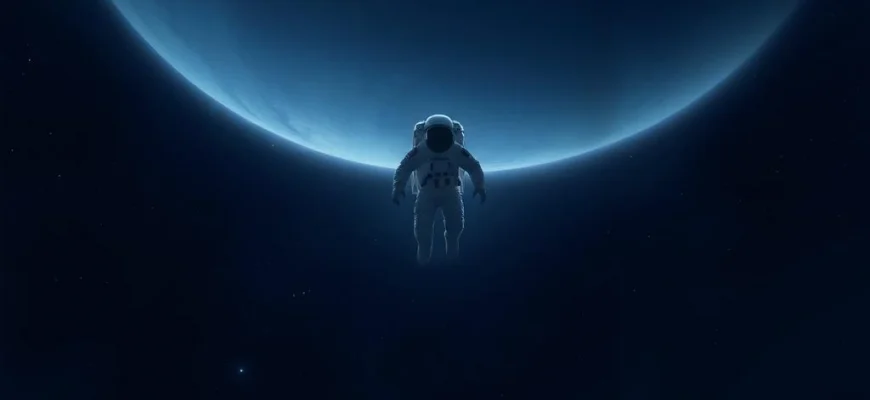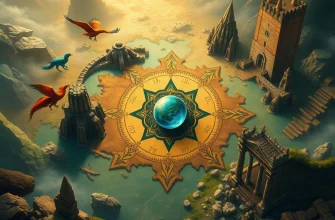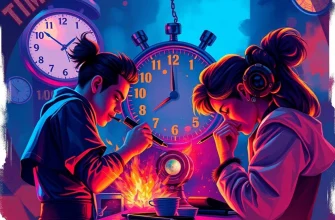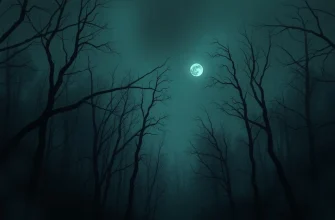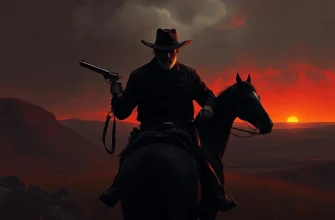If you were captivated by the emotional depth and cosmic wonder of Supernova (2000), this article is for you. We’ve curated a list of 10 movies and shows that share its themes of isolation, existential dread, and the mysteries of space. Whether you loved the psychological tension or the sci-fi thrills, these picks will keep you hooked.
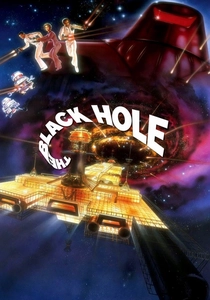
The Black Hole (1979)
Description: A classic space adventure with a mix of science fiction and horror elements, centered around a mysterious black hole and a derelict spaceship.
Fact: This was Disney's first sci-fi film to receive a PG rating, marking a departure from their usual family-friendly fare.
 Watch Now
Watch Now 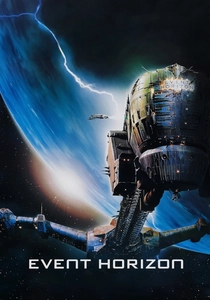
Event Horizon (1997)
Description: A sci-fi horror film that explores the psychological and physical horrors of deep space travel, featuring a mysterious and abandoned spacecraft with a dark secret.
Fact: The film was initially much longer but was cut down significantly due to studio pressure, with many of the deleted scenes being lost or destroyed.
 Watch Now
Watch Now 
Mission to Mars (2000)
Description: A visually ambitious sci-fi film about a rescue mission to Mars, blending mystery, adventure, and existential questions about humanity's place in the universe.
Fact: The film's Mars sequences were inspired by real NASA data and imagery available at the time.
 Watch Now
Watch Now 
Red Planet (2000)
Description: A survival sci-fi film about astronauts stranded on Mars, dealing with both the harsh environment and unexpected dangers.
Fact: The film's production faced delays due to the need for extensive CGI to create the Martian landscape.
 Watch Now
Watch Now 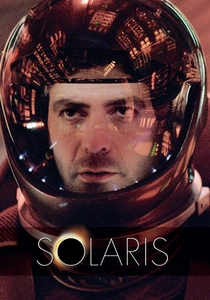
Solaris (2002)
Description: A cerebral sci-fi drama that delves into themes of memory, love, and reality, set on a space station orbiting a mysterious planet.
Fact: This film is a remake of the 1972 Soviet film of the same name, both based on the novel by Stanisław Lem.
 Watch Now
Watch Now 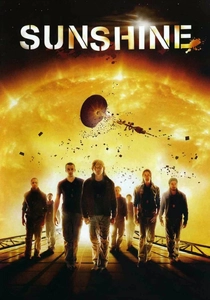
Sunshine (2007)
Description: A visually stunning sci-fi thriller about a crew on a mission to reignite the dying sun, blending existential themes with intense survival drama.
Fact: The film's scientific advisor was physicist Brian Cox, who helped ensure the depiction of the sun and space travel was as accurate as possible.
 Watch Now
Watch Now 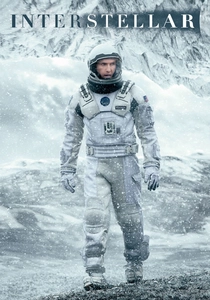
Interstellar (2014)
Description: An epic sci-fi adventure that combines hard science with emotional storytelling, exploring themes of time, love, and humanity's survival.
Fact: The film's black hole, Gargantua, was rendered with unprecedented accuracy based on equations provided by physicist Kip Thorne.
 Watch Now
Watch Now 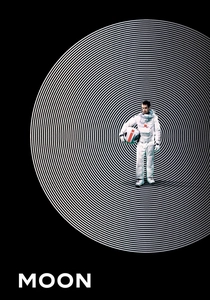
Moon (2009)
Description: A thought-provoking sci-fi film about isolation and identity, featuring a lone worker on a lunar base who makes a shocking discovery.
Fact: The film was made on a relatively low budget but received critical acclaim for its storytelling and visual effects.
 Watch Now
Watch Now 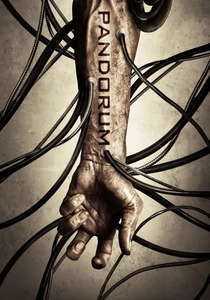
Pandorum (2009)
Description: A psychological sci-fi horror set on a spaceship where the crew wakes up with no memory of their mission, facing both internal and external threats.
Fact: The film's title refers to a fictional psychological disorder caused by deep space travel, leading to paranoia and violent tendencies.
 Watch Now
Watch Now 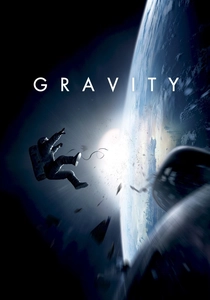
Gravity (2013)
Description: A visually immersive sci-fi thriller about survival in space, focusing on the intense and harrowing experience of being stranded in orbit.
Fact: The film's opening 13-minute shot was achieved through a combination of CGI and practical effects, taking months to perfect.
 Watch Now
Watch Now 
